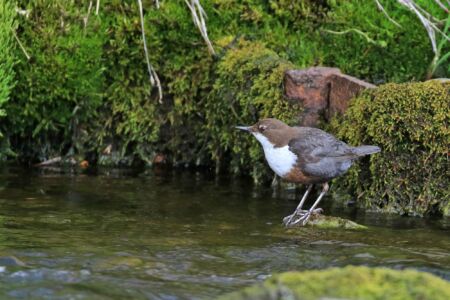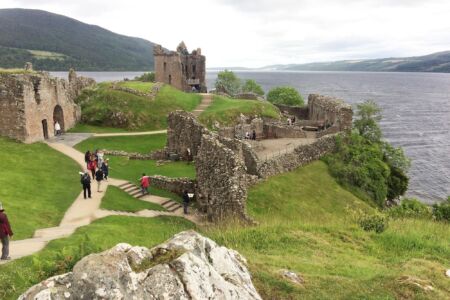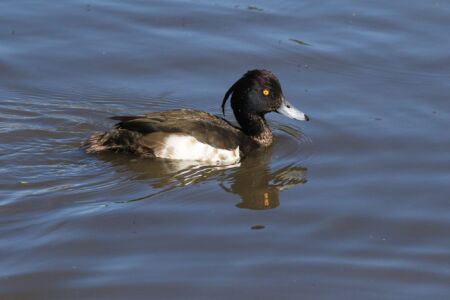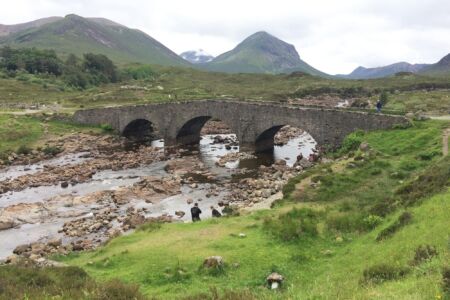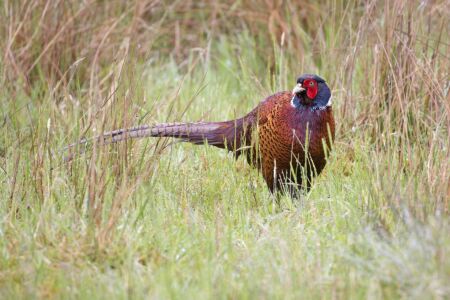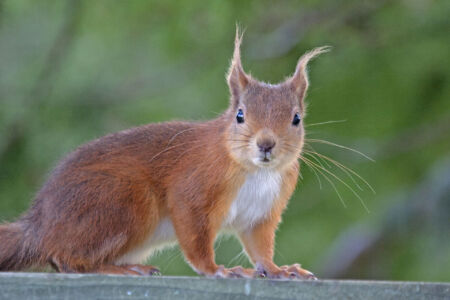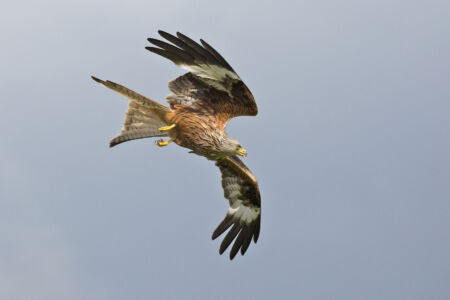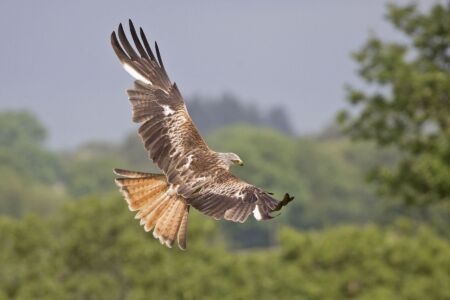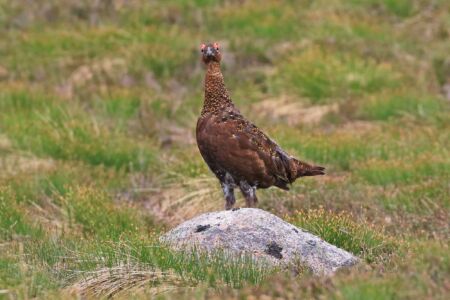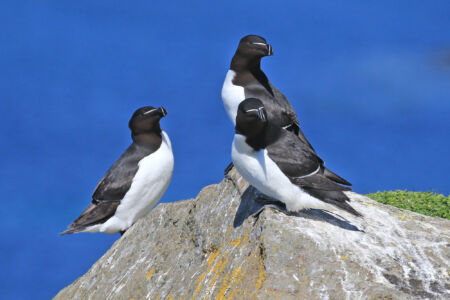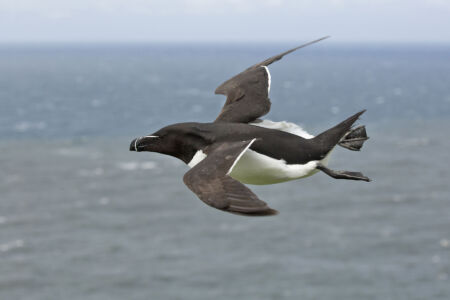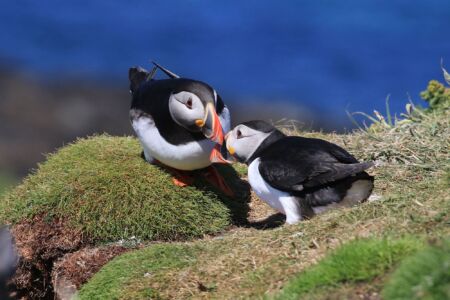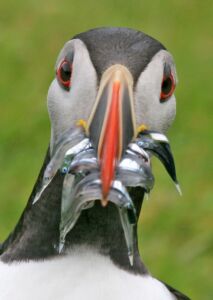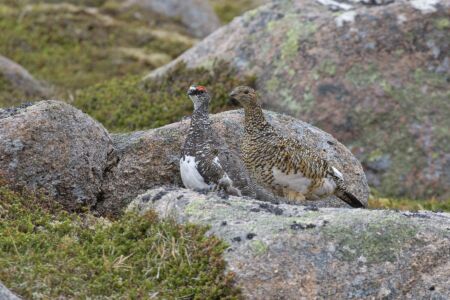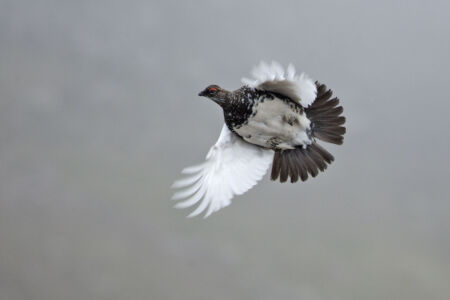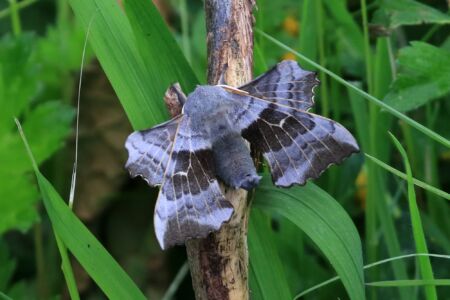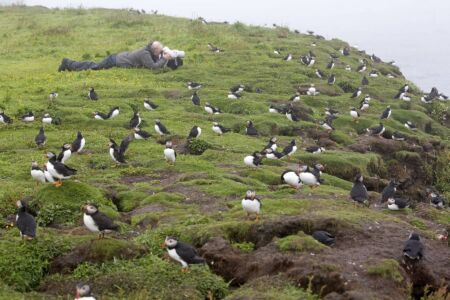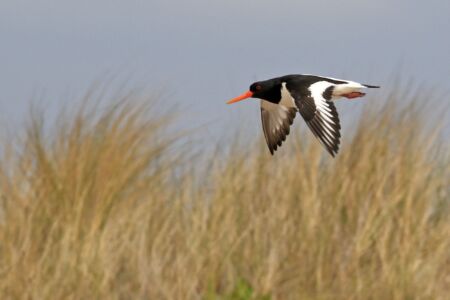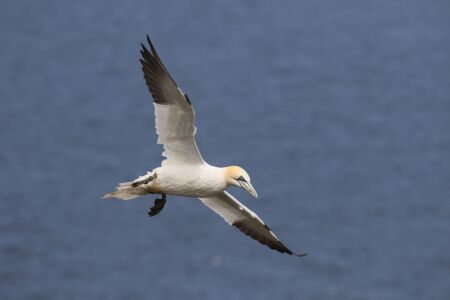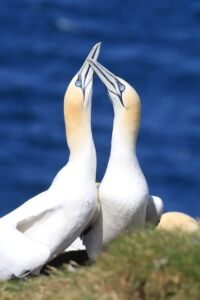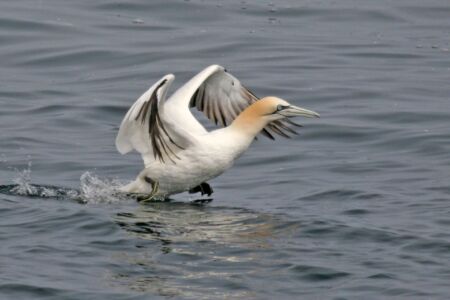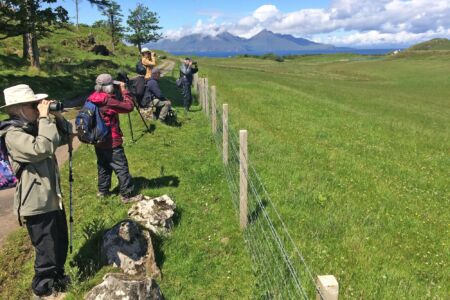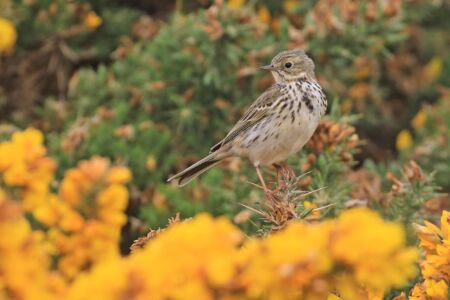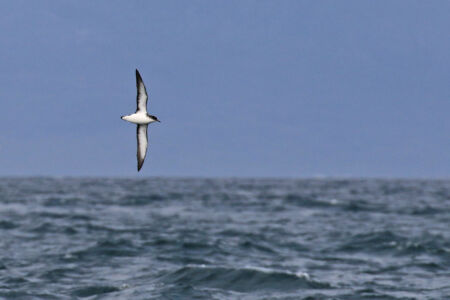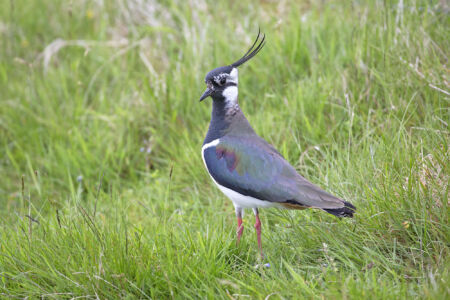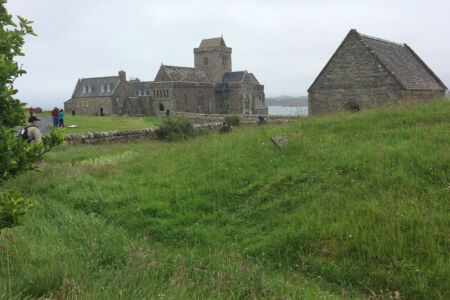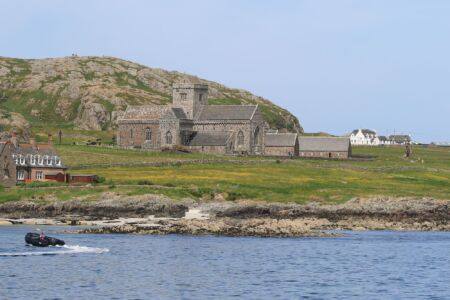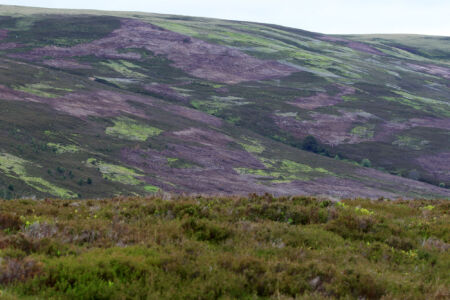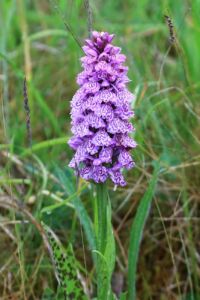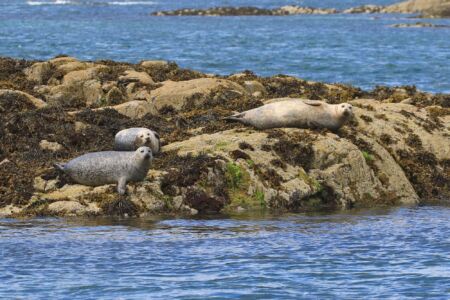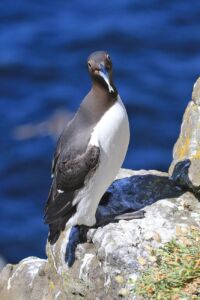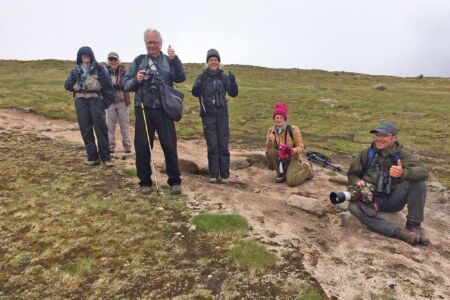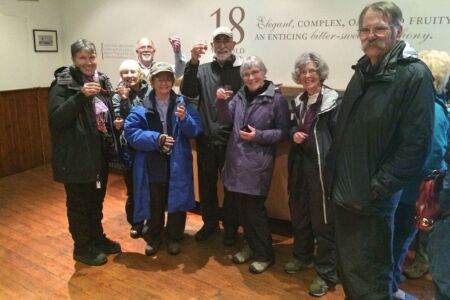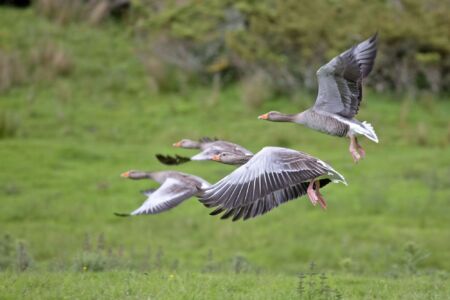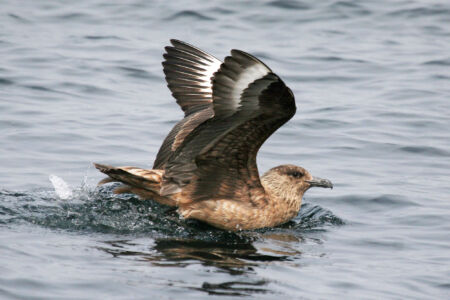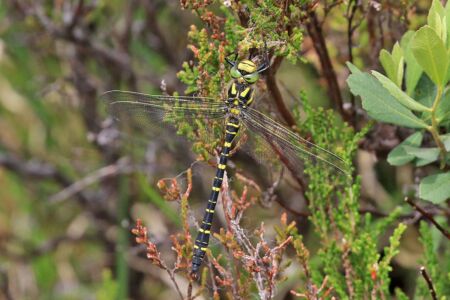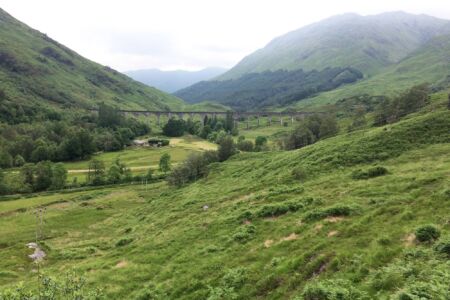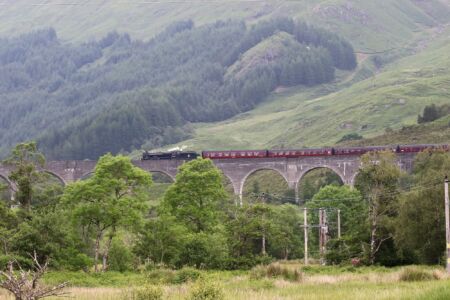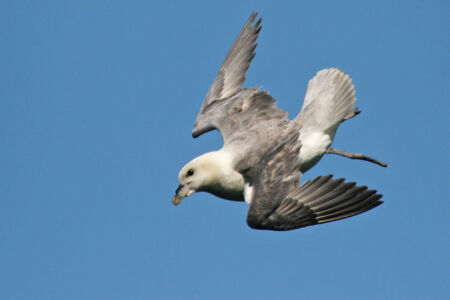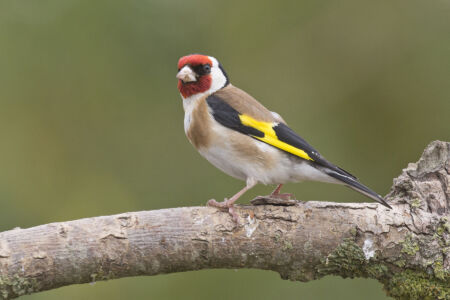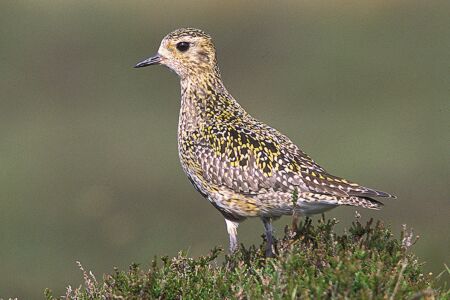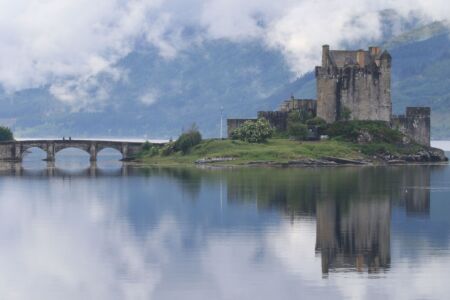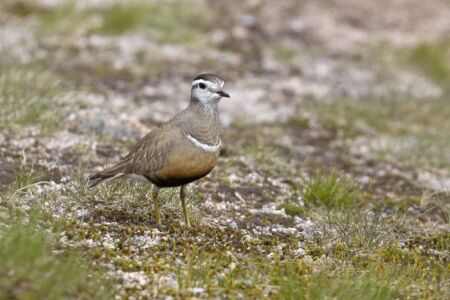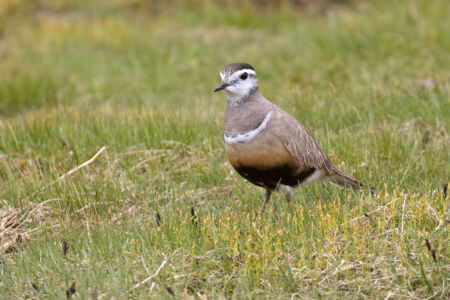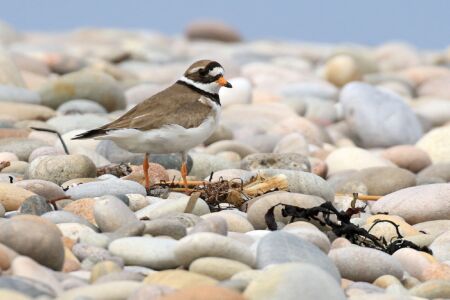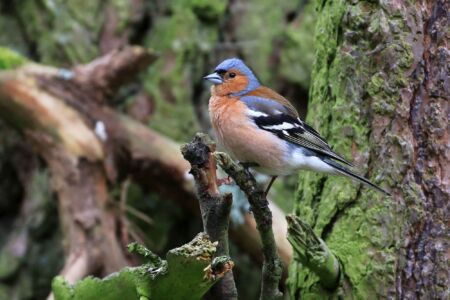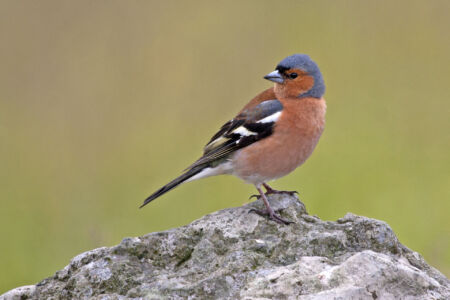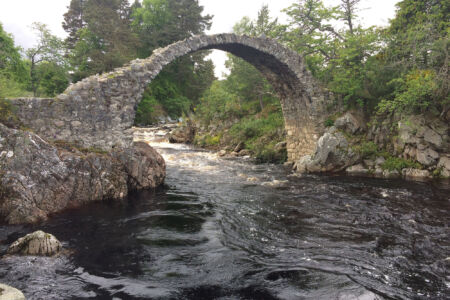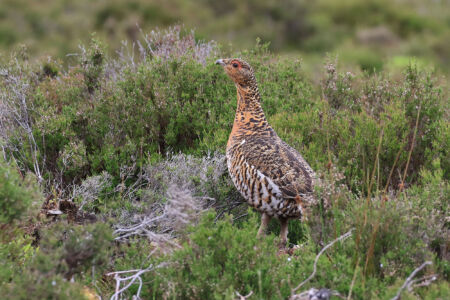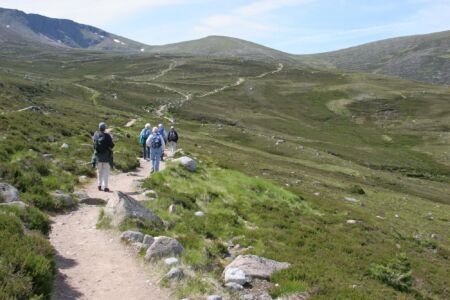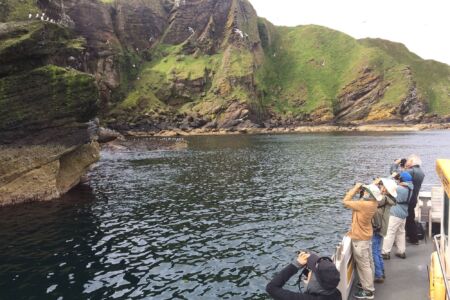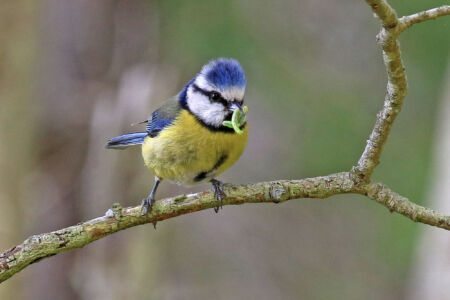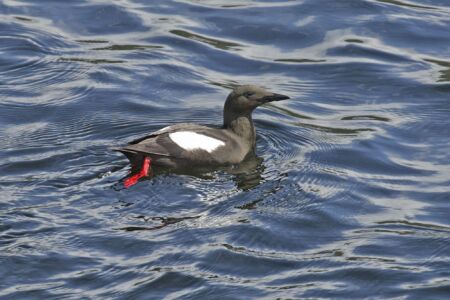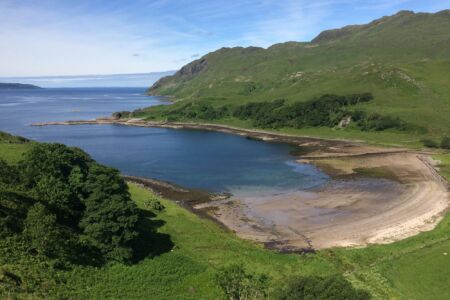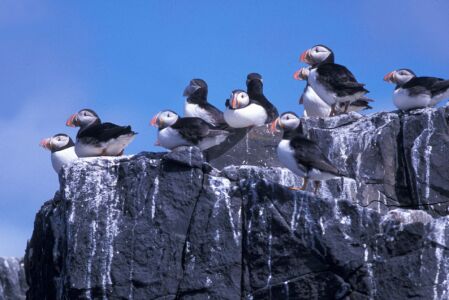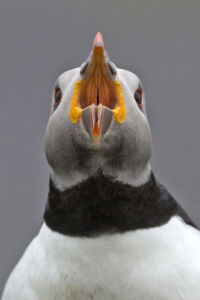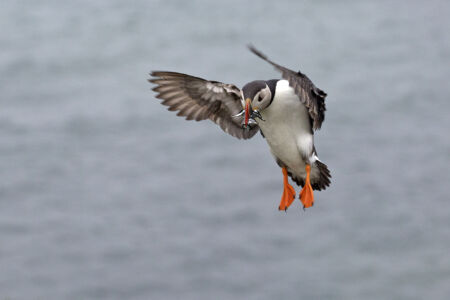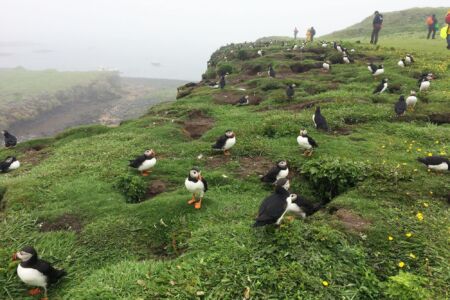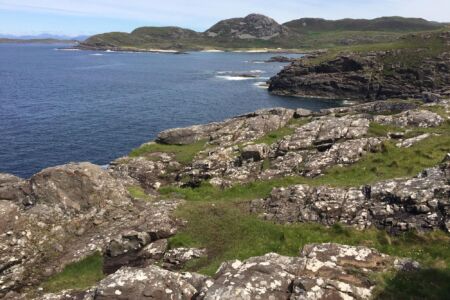SCOTLAND 2026-05: Highlands & Outer Hebrides
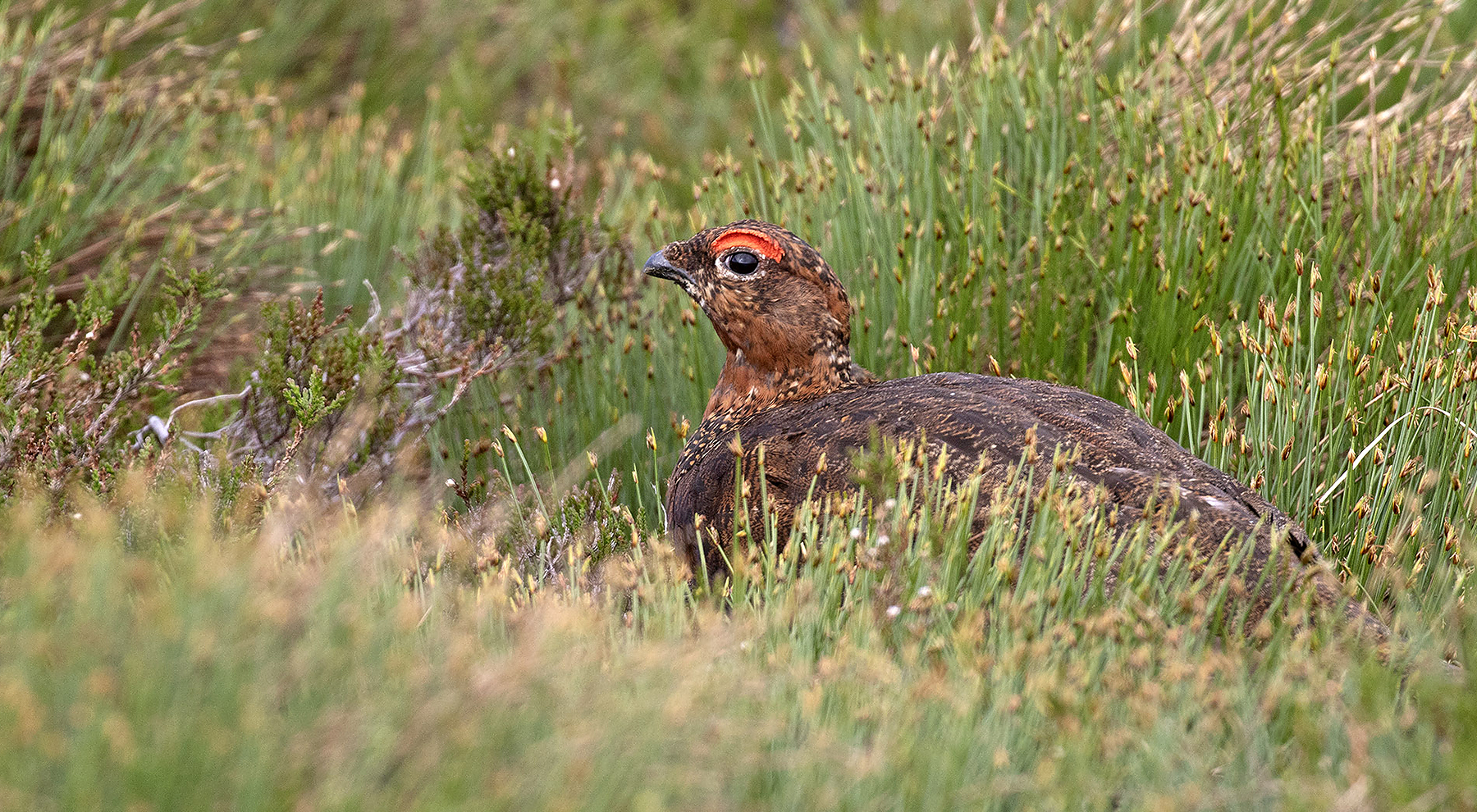
TOUR FOCUS
BIRDS & WILDLIFE
SCHEDULED TOURS
TRIP LEADERS
TOUR COST
From: $8,900 (See details)
Cost is per person, double occupancy from Inverness, Scotland (INV)
GROUP SIZE
6 Participants
AVAILABILITY
taking registrations for May 30-June 13, 2026 Highlands & Outer Hebrides
5 spaces remain – Female looking for a roommate
PRIVATE TOUR OPTION
This tour is available as a private trip for any size group. The tour cost will vary with the number of people and any custom requests.
TESTIMONIALS
Highlights of SCOTLAND 2026-05: Highlands & Outer Hebrides
Description of SCOTLAND 2026-05: Highlands & Outer Hebrides
The second half of our tour takes us to the Outer Hebrides, a rugged and truly wild Island chain off Scotland’s west coast. Six nights gives us maximum time to enjoy the very best birding on the islands, including Corncrake, Golden and White-tailed Eagles, Hen Harrier, Short-eared Owl, Great Skua and the possibilities of three jaegers, waders in breeding plumage including Red-necked Phalarope, along with otters, seals and possibly cetaceans. We also visit the Standing Stones of Callanish.
Length of Tour
15-days/14-nights
Brief Itinerary
Day 1 – AM arrival at Inverness; PM transfer to Nethy Bridge
Day 2 – Abernethy Forest and lochs
Day 3 – Moorlands and Black Isle
Day 4 – Cairngorm Plateau
Day 5 – Troup Head and East coast
Day 6 – Moray Coast and Black Isle
Day 7 – Loch Ness, Urquhart Castle and distillery
Day 8 – Transfer to Outer Hebrides
Day 9 – North Uist
Day 10 – Benbecula, Ronay and South Uist
Day 11 – Berneray and transfer to Lewis/Harris
Day 12 – Lewis
Day 13 – The Shiant Isles
Day 14 – Tiumpan and transfer to Highlands/Inverness
Day 15 – AM departure from Inverness
Itinerary
Day 1 : AM arrival in Inverness; PM transfer to Nethy Bridge
AM arrival (by noon) at Inverness Airport (INV) and transfer to Nethy Bridge, our base in the Highlands for the next seven nights. [L,D]
Days 2 – 7 : The Scottish Highlands
Day 2 : Local Forests and Lochs
Day 3 : Moorland raptors and the Black Isle
An early visit to a nearby moor to a Black Grouse lek is a great start to the day. Also today, we spend time scanning for raptors in the open ground and at forest clearings, and may see Red Kite, Golden or White-tailed Eagle, Goshawk, Hen Harrier, Peregrine or perhaps Merlin. Later we drive to the Black Isle, where good birding should include wildfowl, waders, gulls and terns, particularly at Chanonry Point, a spectacular peninsula which juts into the Moray Firth. Depending on the tides, we have excellent chances of seeing Bottle-nosed Dolphin at one of the premier sites in Scotland for them. [B,L,D]
Day 4 : Cairngorm Plateau
We spend a full day on the Cairngorm plateau, with unforgettable mountain scenery all around as we head to the right spots for Ptarmigan and Dotterel. We carefully choose the best day and location for your comfort and safety, and we also take care not to disturb the birds. We also look out for Ring Ouzel, Wheatear and Snow Bunting as well as Mountain Hare in a very special habitat. [B,L,D]
Day 5 : Troup Head boat trip
We take an exciting cruise to the foot of Troup Head, mainland Scotland’s only Gannetry, to see the birds. Alcids on the sea will include Atlantic Puffin and Black Guillemot, while loons in summer plumage may also be seen on this exciting boat trip. We also know quiet and under-watched places on the east coast where passerines on the headlands can include Wheatear and Rock Pipit, and on beaches and estuaries waders can be found in bright summer plumage. We also target any available rarities on this day, perhaps including Common Crane and/or King Eider which have often been recorded during this period. [B,L,D]
Day 6 : The Moray Coast
A complete contrast as we visit the Moray Coast, where birding is excellent at any time of year. In summer we see gulls, terns, waders and ducks, perhaps including migrants. We expect to see a range of breeding birds including Osprey fishing, Common Eider, Common and Red- breasted Merganser, Common Scoter, Red-throated Loon, European Stonechat, Sedge Warbler, Whitethroat, Corn Bunting, Eurasian Tree Sparrow, Yellowhammer and Grey Partridge. Sandwich, Common, Arctic and Little Tern are also likely. [B,L,D]
Day 7 : Loch Ness
Today we head north to visit the spectacular ruins of Urquhart Castle on a peninsula surrounded by Loch Ness. In its 500 years of being a medieval castle, Urquhart has played several important roles and been a popular recurring feature in and of Scottish history. In particular, the castle faced a considerable amount of action and bloodshed during the 13th to 17th centuries. It was seized by the English after Edward I’s invasion, reclaimed and seized again, was under the control of Robert the Bruce, King of Scots in the 14th century and was repeatedly attacked during the 15th and 16th centuries by the MacDonald Lords of the Isles arriving from the West; to recap the very least from its thrilling history. The visitor centre is excellent, and includes a sizeable model of the castle, depicting what it might have looked like in its prime. The exhibition also consists of a theatre which runs an informative movie about the history of the castle from the 6th century to the 17th century.
We round the day off with a visit to a local Malt Whisky Distillery where we can sample some of the malts Speyside has to offer!
Days 8 – 14: The Outer Hebrides
The second half of our tour takes us to the Outer Hebrides, a rugged and truly wild Island chain off Scotland’s west coast. A fantastic region for raptors, we have excellent chances of seeing other scarce breeding species such as Corncrake, all amidst spectacular island scenery.
We take our time today to fully explore some of the best natural locations on North Uist, especially the Balranald RSPB reserve. Famous for its nesting waders, rich machair (low-lying dune grassland) and seascapes, this is a true gem and is arguably one of the best places in the UK to look for Corncrake. There can be no guarantees, especially at this time of year when the grass is long, though we should hear the males rasping calls, and with perseverance should be rewarded. We also dedicate time to waders, impressively high numbers breeding in the Uists or passing through on migration. There will be plenty of variety, with Eurasian Oystercatcher, Northern Lapwing, Ringed, Golden and Black-bellied Plover, Eurasian Curlew, Black and Bar-tailed Godwit, Common Redshank, Common Snipe, Dunlin, Sanderling, Red Knot and Ruddy Turnstone among the likely species. Red-necked Phalarope are another scarce breeder, and we look for them on some of the quieter lochs, where Whooper Swan and other wildfowl including Northern Shoveler, Gadwall and Tufted Duck will also be present. A remnant population of Corn Bunting survive on North Uist, and we should also see Meadow and Rock Pipit, Twite, Skylark and Wheatear in the sandy fields. [B,L,D]
Day 10: Benbecula, Ronay and South Uist
In the morning we take the first of two planned boat trips during our time in the Hebrides, slowly exploring the island of Ronay and adjacent skerries off the east side of Benbecula. Being on the water offers a unique opportunity to see the wildlife at close quarters, giving us excellent chances of memorable encounters with White-tailed Eagle, Red-throated Loon, Black Guillemot, Bottlenose Dolphin, Otter, Grey and Common Seal. Later, we work our way down through South Uist, the second largest of the Hebridean islands featuring a range of habitats from rocky crags and glens, sea and freshwater lochs, rich croft and machair land to an unbroken, 20-mile-long sandy beach! Golden and White-tailed Eagle are likely and Hen Harrier, Merlin and Short-eared Owl can turn up just about anywhere. We have further chances of Corncrake in the meadows and iris beds here too, and with more patches of scrub and tree cover than other parts of the Hebrides, Sedge Warbler, Siskin and Common (Lesser) Redpoll are breeding. If our wildlife targets have all been met, we can make time for historical sites of interest, or take the causeway across to Eriskay to ‘bag’ another island and look for Otter and seals. [B,L,D]
Day 11: Berneray and transfer to Lewis/Harris
With a little time on North Uist, we can revisit some of our favourite places or perhaps explore the island of Berneray – a great place to appreciate the machair in full bloom! Departing the Uists around lunchtime, our ferry takes a slow and meandering journey through the many islets of the Sound of Harris, perfect for spotting White-tailed Eagle, loons and any hauled out seals. On arrival in Leverburgh, the high, white granite hills dominate and with such different terrain to the Uists, it instantly feels like a different place entirely! En route to our accommodation, we make stops overlooking Luskentyre Bay – arguably one of the most beautiful beaches in all of Scotland! There can be wildlife to see here too, with Common, Arctic and Little Tern all likely as is the regular summering flock of Common Scoter. Later we drive north onto Lewis, not actually a separate island to Harris but home to Stornoway, the Hebridean capital where we stay for the next three nights. [B,L,D]
Day 12: Exploring Lewis
Dedicating the full day to the northernmost Island in the Hebridean chain, we visit the Butt of Lewis looking out into the Atlantic for any passing seabirds and cetaceans. Working our way along the west side of Lewis, sheltered bays can be good for wildlife while the vast peatland interior is of international importance for breeding divers, waders such as Greenshank and a few pairs of Great Skua. A high density of White-tailed and Golden Eagle are present on Lewis and Harris, activity in the skies often distracting from key archaeological sites such as Dun Carloway and the Standing Stones of Callanish. We visit both and if time allows the Blackhouse at Arnol too, or the wild Uig peninsula and its stunning beach where the Lewis Chessmen pieces were discovered in 1831. [B,L,D]
Day 13: The Shiant Isles
Today, we take a chartered RHIB to the Shiant Isles, twelve miles from the northern tip of Skye. This is a major Atlantic Puffin site, hosting around 240,000 birds, two percent of the world’s population! We take a non-landing cruise, as there are no facilities for visitors on the Shiants. As we sail, Manx Shearwater, Parasitic Jaeger and Great Skua may be encountered, while Common Murre, Razorbill, Shag and Kittiwake should be even more numerous. The seas can teem with birds, often helping to draw our attention to Minke Whale, Bottle-nosed, Common and Risso’s Dolphin, Harbour Porpoise and even Basking Shark, all of which are very possible. The rest of our day will be spent looking for any unseen targets, and there may also be a chance to visit the museum and grounds at Lews Castle too, itself a good place for the Hebridean forms Song Thrush or Wren. [B,L,D]
Cost
$8,900 per person, based upon double occupancy, from Inverness, Scotland (Airport code INV).
This trip ends in same as arrival city (Airport code ).
Single Supplement and other Cost Additions
If a single room is preferred, or we are unable to find a suitable roommate for you, a single supplement fee of $650 will be assessed.
Cost includes
14 nights en-suite accommodation; all meals from dinner on Day 1 to breakfast on Day 14 ; all transportation by comfortable minibus from Inverness; guidance from professional leader(s); all entrance, ferry and boat fees.
Cost does not include
Travel to Inverness [INV] meeting point; travel insurance; tip to hotel staff and local leader; drinks and other items of a personal nature.
Minimum Number
If fewer than the minimum number of participants are registered the trip can still run with a small-group supplement fee per person determined by the number of participants.
Deposit Requirements
A $500 deposit per person is required to hold each space on this tour. Deposit may be made online by clicking the "Book Your Trip Now" button and using any credit card. If you prefer, you may call us at 888-875-9453 to pay by phone. You may also mail us a check, however, remember that all space is held on a first come-first served basis as deposits are received.
How to Book
In order to hold your space, click the "Book Your Trip Now" button above and complete the deposit process, including payment of the deposit through our Paypal portal using ANY CREDIT CARD. Upon completion of deposit, please visit our secure, online CLIENT INFORMATION FORM to complete your registration.
Final Payment
For all land-based tours: full payment by check is due 120 days prior to the departure date.
For all boat-based adventure cruises of 7-days or longer: full payment by check is required 180 days prior to departure.
NOTE: If you prefer to use credit card for final payment, a 3% fee may be added to cover the credit card merchant fees we incur.
13 nights at three centers, all ensuite, in comfortable hotels.
In the Highlands we will be based for 7 nights in Nethy Bridge at the Mountview Hotel.
We are at 2 locations in the Outer Hebrides, for 3 nights each.
Our last (14th) night we will near Inverness Airport
Activity Level Rating: 3 (Note: 1 is easy and 5 is difficult)
Walking:
You need a reasonable level of fitness.
There will be short to moderate (1- 3 mile) walks every day, at a slow pace. The terrain is mostly level, though there will be times when we walk distances in soft sand, through moist meadows and moorlands, over stoney ground, up steps, and over rough, uneven or soft ground with several stiles to climb over. There maybe a strenuous longer mountain walk (optional) in the Highlands to the Cairngorm Plateau, climbing up 2000 feet to 4000 feet, though we may be able to take chair lift up!
Recommended Field Guide:
Birds of Europe
(3rd Edition, 2022, Princeton University Press)
by Lars Svensson, Killian Mullarney and Dan Zetterstrom
This trip is for non-smokers only. Smoking is not permitted at any time during our tour.
No Visa is required to visit the United Kingdom, BUT you will need to apply online for an Electronic Travel Authorization (ETA). Fee approx. $10
Weather:
Expect a wide variation in weather conditions. Blazing sunshine and rain are equally likely, and you will probably experience a bit of everything. Average June temperature 48-60F. Bring waterproofs, walking boots or shoes (we will walk through wet grass and puddles of water) and warm clothing. Strong winds can be a feature on the islands.
The month of June has about 19 hours of daylight.
Walking:
You need a reasonable level of fitness.
Walking on the Cairngorms Plateau for Ptarmigan and Dotterel is strenuous, requiring a longer walk as we climb about 2000 ft in elevation, from about 2000 ft to 4000 ft.
Ferry and Boat rides:
Several ferry rides are needed to access the islands in the Outer Hebrides. We also have a boat trip to view the gannetry at Troup Head.
Transportation:
All transportation will be by comfortable minibus
Purchasing Flights
Do not purchase your flights until the trip has been confirmed to go.
Detailed Trip Information
Upon notification that final payment is due (120 days prior to departure for land based tours / 180 days for boat based tours), you will receive a trip package of detailed information for your tour.
Any additional information about the trip, including lodgings, contacts, participants, meeting locations, etc., will sent about 2 weeks prior to the trip departure, or after final payment is received for late registrants.
Travel Insurance
As with all tours, we recommend purchasing Travel Insurance to help cover your investment, for covered reasons. Please see our section on Travel Insurance.
Passport & Visa
US Citizens may require a visa to enter certain foreign countries. See above for any required visa information.
Participants arriving to the USA from a foreign country may need to get a travel visa to enter the United States. Be sure to check the requirements for your country of origin.
Itinerary Changes
The trip itinerary is developed many months ahead of time. Occasionally, despite our best planning, changes may occur during the trip, or we may be forced to alter our plans. Changes may occur because of weather, road conditions, safety concerns or other circumstances. In these situations, it is the leader(s) responsibility to carefully consider and implement appropriate alternatives. Any additional costs incurred because of changes will be the responsibility of each individual participant. Refunds will not be issued as a result of itinerary changes.
2018 Trip Report SCOTLAND Highlands & Inner Hebrides
2018 Species Recorded SCOTLAND
2017 Trip Report SCOTLAND Highlands & Inner Hebrides
2017 Species Recorded SCOTLAND
2016 Trip Report SCOTLAND Highlands & Inner Hebrides
2005 Trip Report SCOTLAND Highlands & Shetland

